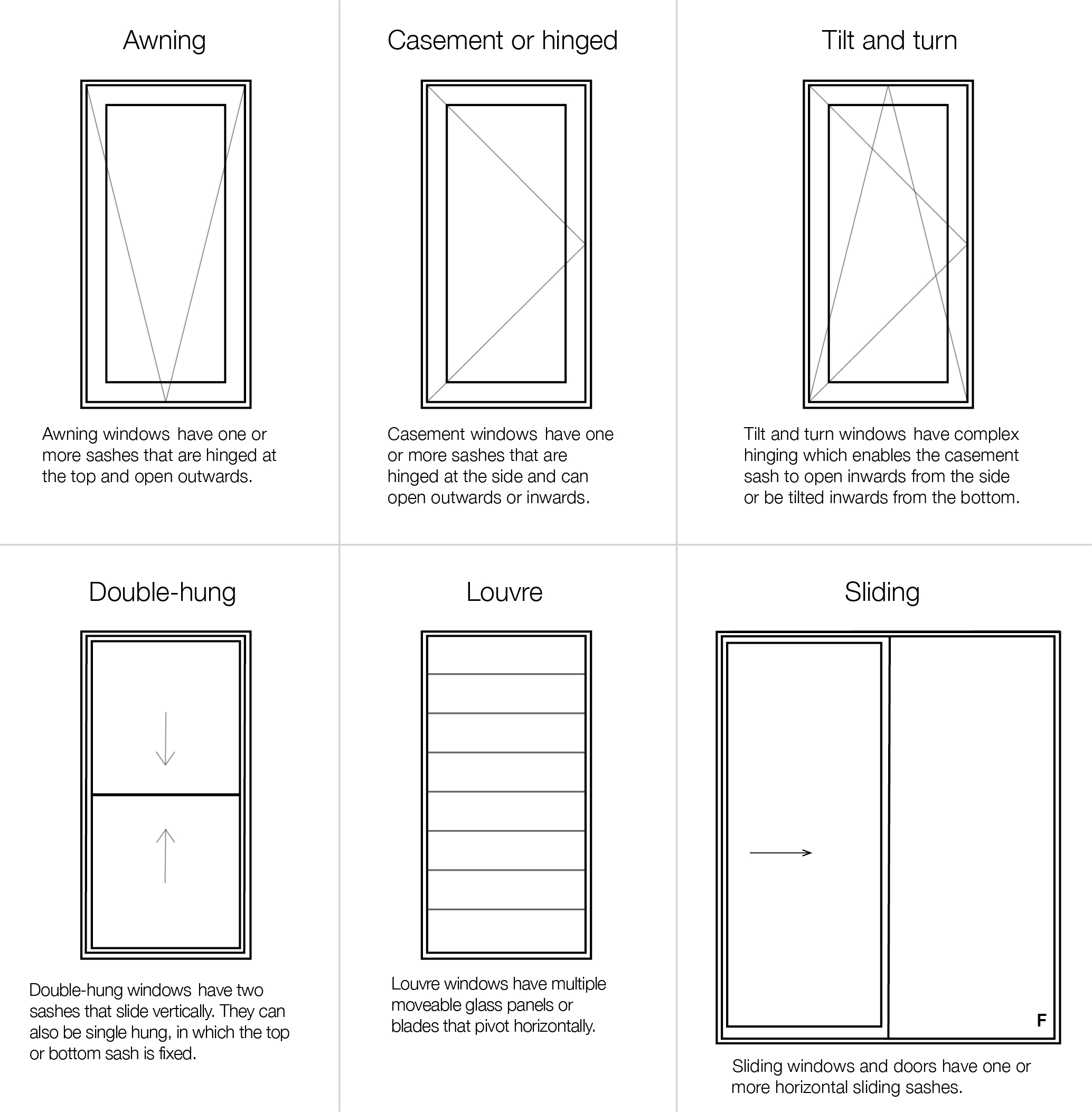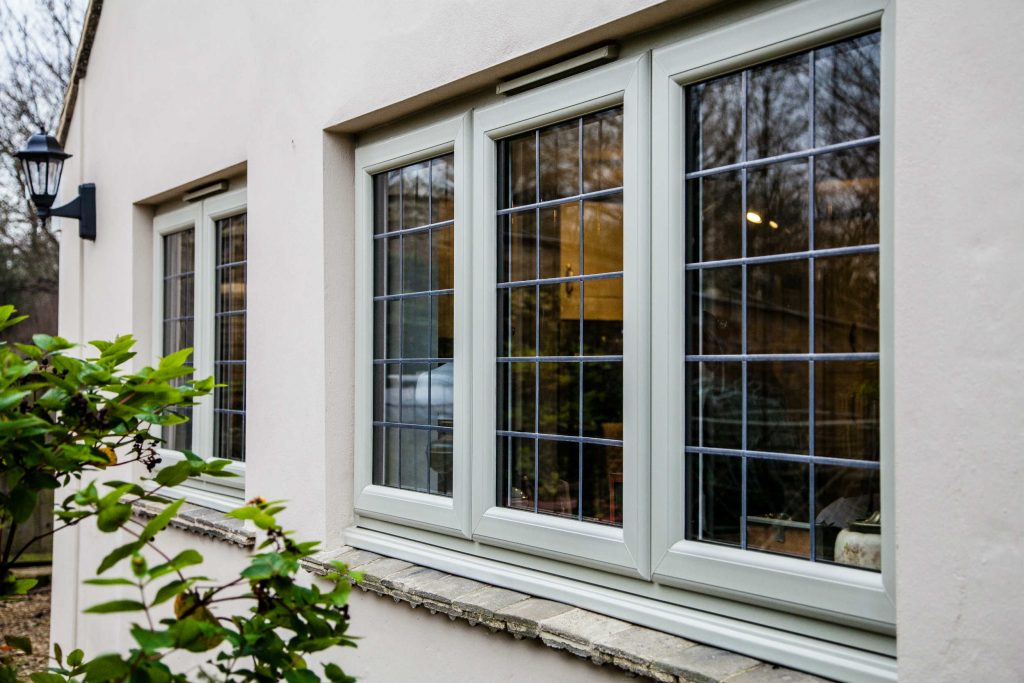All Categories
Featured
Table of Contents
Brisbane's Best Double Glazed Windows in High Wycombe Western Australia
Glazing merely suggests the windows in your house, consisting of both openable and fixed windows, in addition to doors with glass and skylights. Glazing in fact simply indicates the glass part, but it is normally used to refer to all aspects of an assembly including glass, films, frames and home furnishings. Taking notice of all of these aspects will assist you to attain effective passive design.

Energy-efficient glazing makes your house more comfy and drastically reduces your energy expenses. Unsuitable or badly developed glazing can be a significant source of undesirable heat gain in summertime and considerable heat loss and condensation in winter season. Up to 87% of a house's heating energy can be gotten and as much as 40% lost through windows.
What Are Double Glazed Windows? in Cooloongu Perth
Glazing is a considerable investment in the quality of your home. The cost of glazing and the expense of heating and cooling your home are carefully related. An initial investment in energy-efficient windows, skylights and doors can greatly decrease your yearly heating and cooling expense. Energy-efficient glazing also minimizes the peak heating and cooling load, which can reduce the needed size of an air-conditioning system by 30%, resulting in further expense savings.

This tool compares window choices to a base level aluminium window with 3mm clear glass. Understanding some of the essential residential or commercial properties of glass will assist you to pick the finest glazing for your house. Key residential or commercial properties of glass Source: Adjusted from the Australian Window Association The quantity of light that passes through the glazing is known as visible light transmittance (VLT) or noticeable transmittance (VT).
A Complete Guide To Double Glazed Windows in Neerabup Western Australia
This might lead you to turn on lights, which will result in greater energy expenses. Conduction is how readily a product performs heat. This is referred to as the U worth. The U worth for windows (revealed as Uw), describes the conduction of the whole window (glass and frame together). The lower the U value, the greater a window's resistance to heat flow and the better its insulating worth.
If your house has 70m2 of glazing with aluminium frames and clear glass with a U value of 6. 2W/m2 C, on a winter season's night when it is 15C colder outside compared with indoors, the heat loss through the windows would be: 6. 2 15 70 = 6510W That is equivalent to the overall heat output of a large room gas heating unit or a 6.
Does Double Glazing Have A Vacuum? in Rivervale Western Australia

If you select a window with half the U value (3. 1W/m2 C) (for instance, double glazing with an argon-filled gap and less-conductive frames), you can cut in half the heat loss: 3. 1 15 70 = 3255W The solar heat gain coefficient (SHGC) for windows (expressed as SHGCw) measures how readily heat from direct sunlight flows through an entire window (glass and frame together).
The lower a window's SHGC, the less solar heat it transfers to the house interior. The actual SHGC for windows is impacted by the angle that solar radiation strikes the glass.
Improve Your Home's Energy Efficiency With Double Glazing in Queens Park Western Australia
When the sun is perpendicular (at 90) to the glass, it has an angle of occurrence of 0 and the window will experience the optimum possible solar heat gain. The SHGC stated by glazing makers is constantly calculated as having a 0 angle of incidence. As the angle increases, more solar radiation is shown, and less is sent.
Table of Contents
Latest Posts
Which Type Of Glass Is Best For Energy Efficiency? - A&l Windows in Medina WA
Double Glazing Versus Secondary Glazing in East Victoria Park Western Australia
A Complete Guide To Double Glazed Windows in Kewdale Perth
More
Latest Posts
Which Type Of Glass Is Best For Energy Efficiency? - A&l Windows in Medina WA
Double Glazing Versus Secondary Glazing in East Victoria Park Western Australia
A Complete Guide To Double Glazed Windows in Kewdale Perth